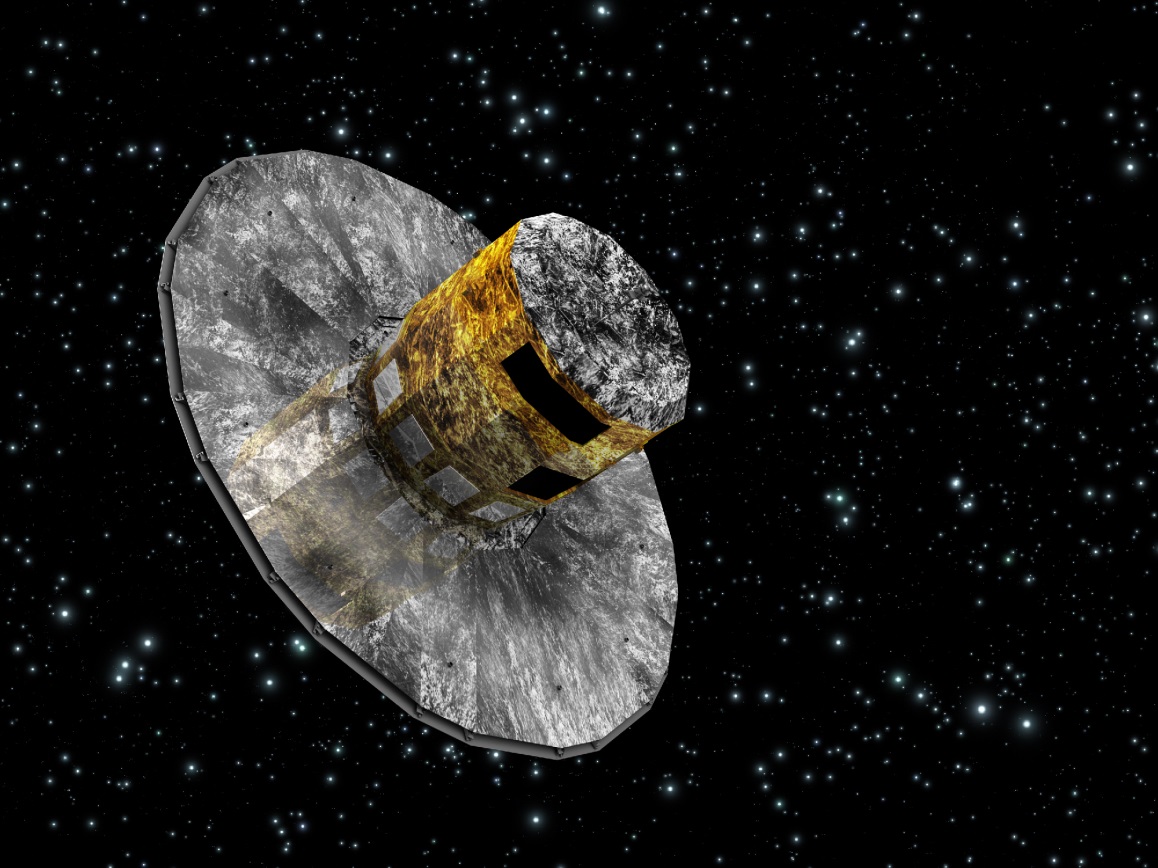When the Gaia space telescope, developed by European Space Agency at a cost of 2 billion Euros, was launched in December 2013, the world’s astronomists were watching the project with great anticipation. The substantial data gathered during the course of the 5-year mission are expected to reveal considerable amount of information regarding the location, clarity and temperature of the Milky Way galaxy’s stars, provide new insights regarding the creation and development of the galaxy and perhaps important hints regarding the Dark Energy, the power that is apparently responsible for the acceleration of the expansion of the universe and which is currently one of the greatest scientific mysteries. The telescope’s state-of-the-art equipment enables it to measure the location of stars with accuracy of up to 10 microseconds. This accuracy can determine the location from Earth of a grain of sand on the Moon with a millimeter’s accuracy. At the end of the 5-year mission, Gaia is expected to provide a 3-dimensional map of our galaxy created with unprecedented accuracy.
One of the most striking reasons for the excitement surrounding the Gaia Project is the opportunity to discover a large number of new exoplanets - planets located outside our solar system. One of the ways in which to discover planets around other stars is by analyzing the changes in the star’s clarity that occur when the planet conceals part of its mother star. Prof. Shay Zucker of the Geophysics and Atmospheric and Planetary Sciences at Tel Aviv University is a member of the team of researchers who will analyze the space data, and his work will focus on discovering those changes in clarity that stem from these planets. Together with his research student (currently a postdoctoral student at the Weizman Institute) Dr. Yifat Dzigan, they have suggested ways to use the observations in order to improve the odds of discovering these planets. Prof. Zucker’s research is supported in part by the Ministry of Science and the Israel Space Agency.










